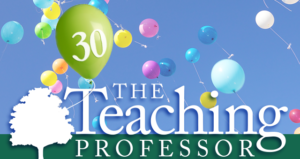
Six Things You Can Do to Deepen Student Learning
For baseball fans and players, springtime can only mean one thing: spring training. Every year professional baseball players head to Arizona or Florida to hone their craft. These are professionals mind you, but they continue to spend hours each year working on many of the same things Little Leaguers work on during the start of their seasons—throwing, catching, hitting, base running, and so forth.
As they make minor adjustments in these fundamentals of the game, the overall outcome is a major improvement. The same is true for faculty who remain mindful of their fundamentals, and make small, incremental improvements to their teaching.






